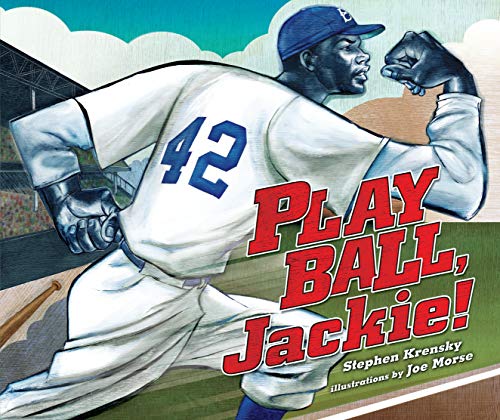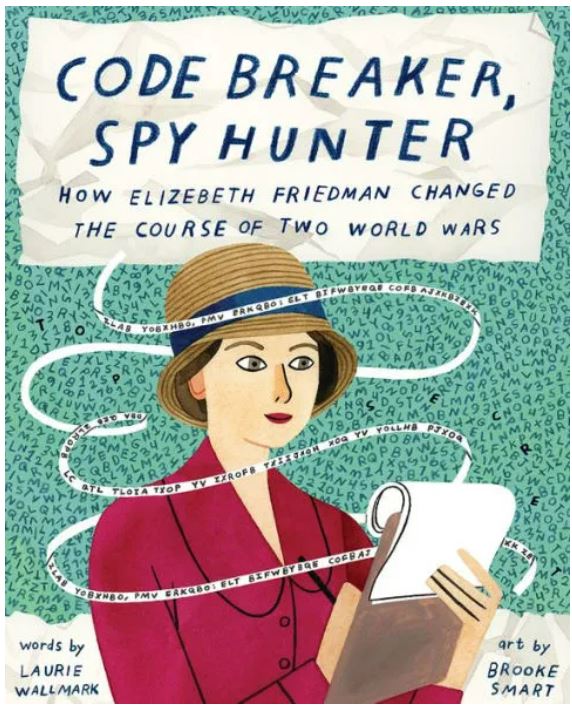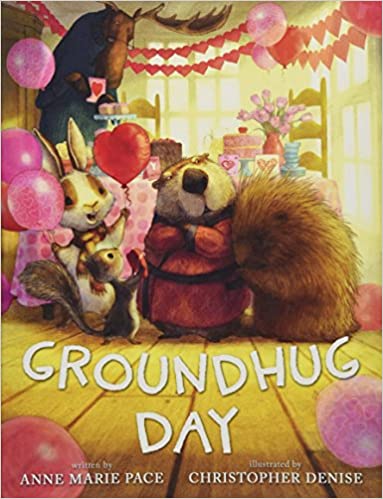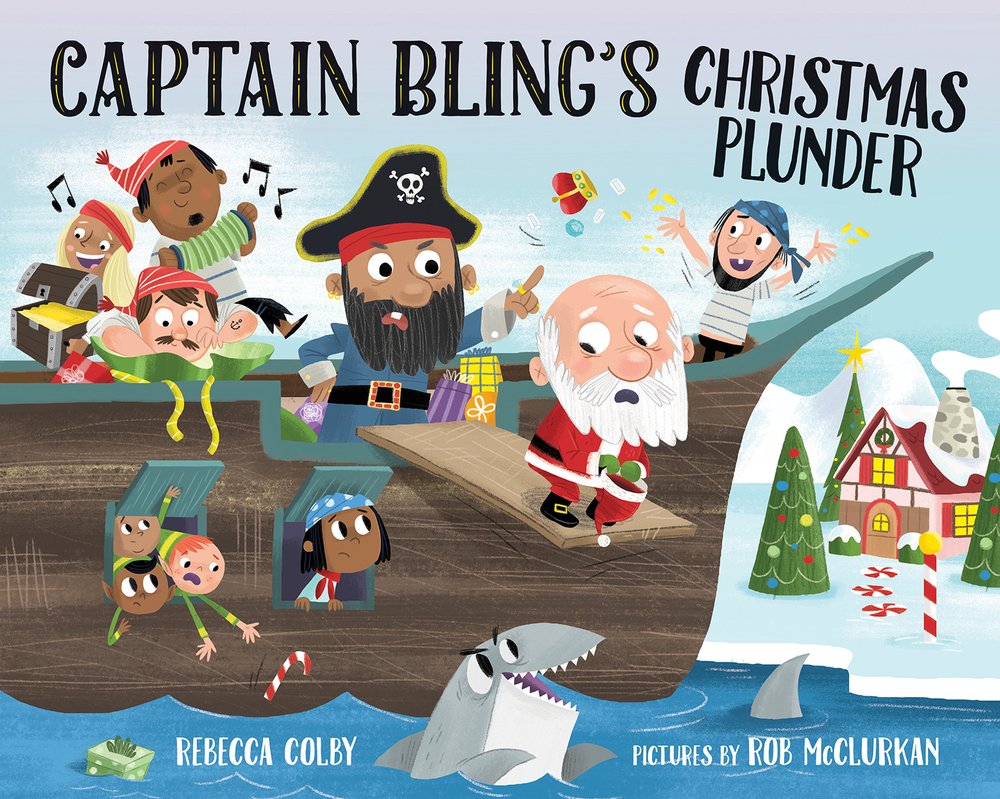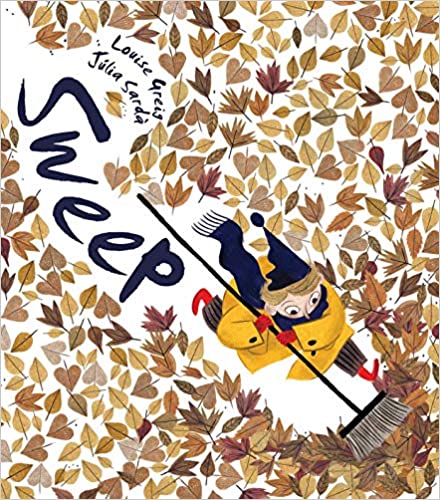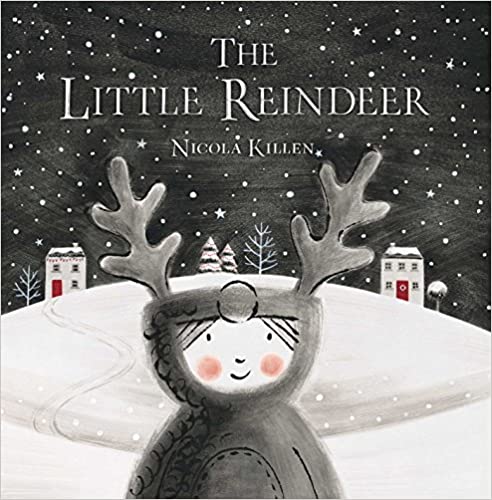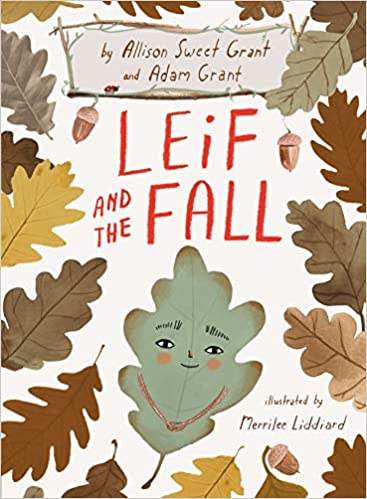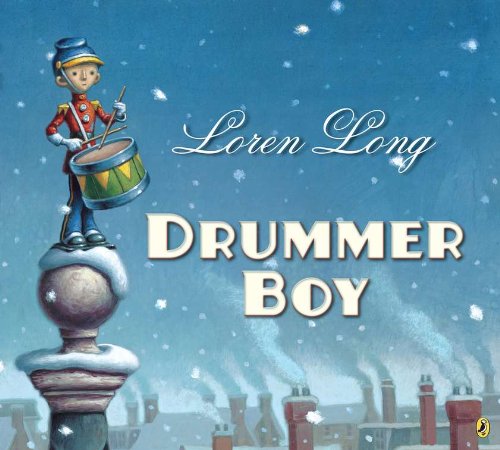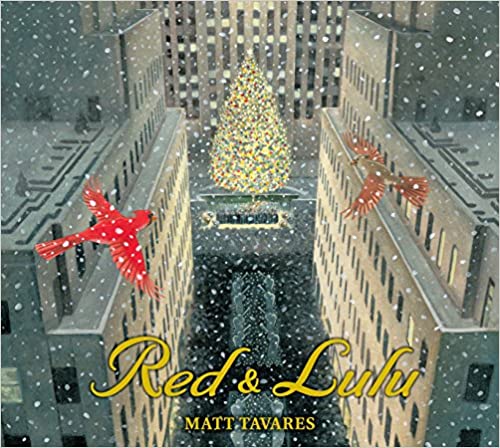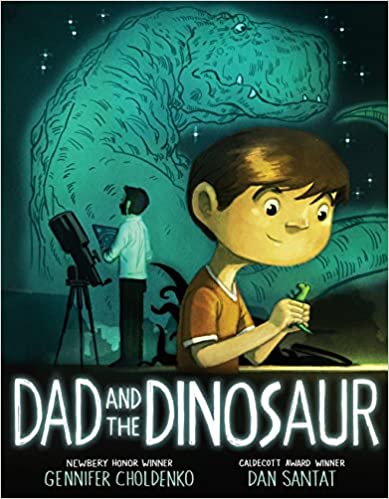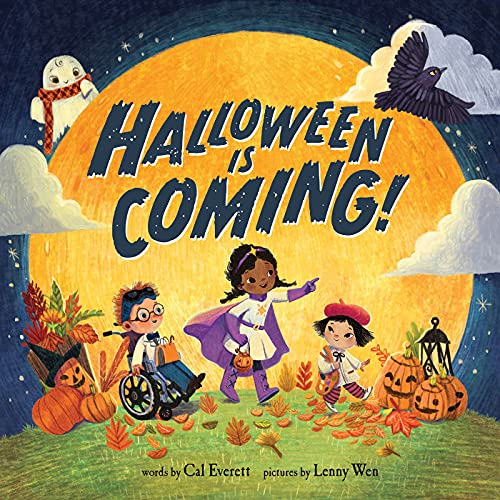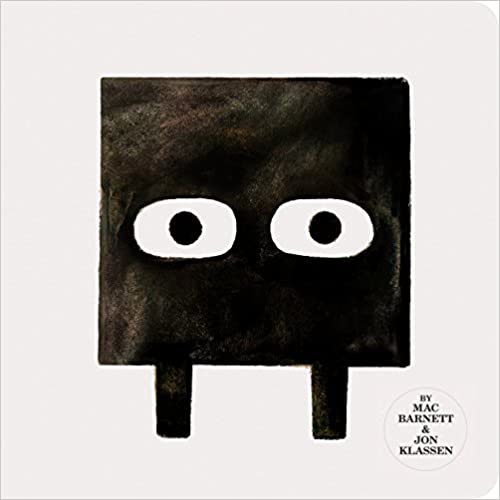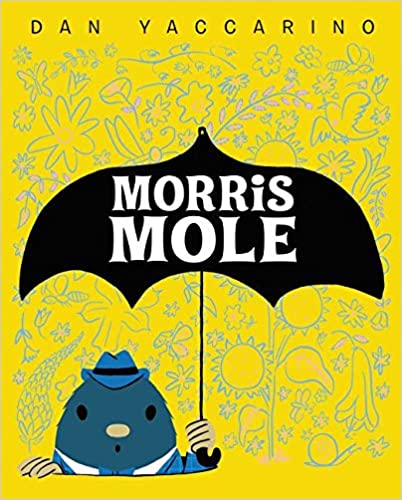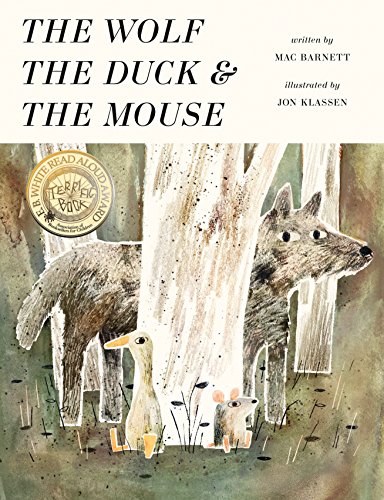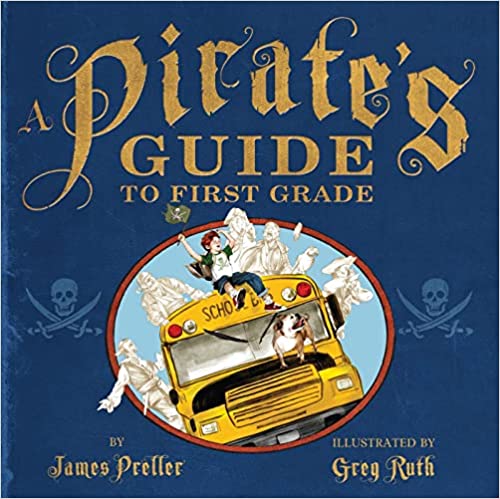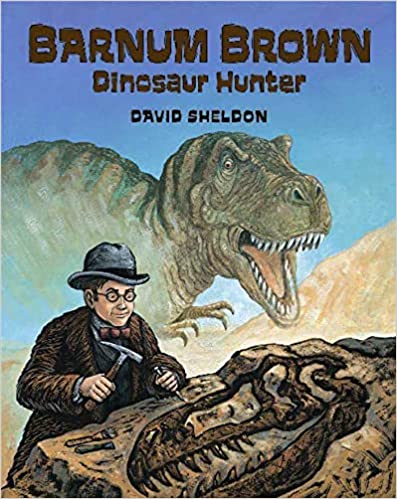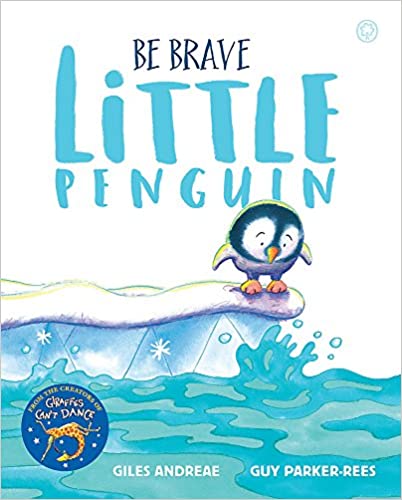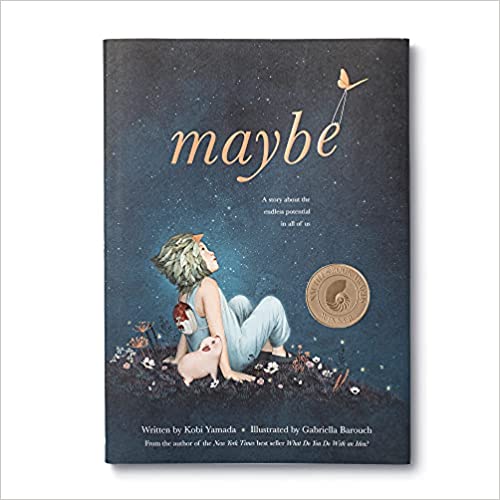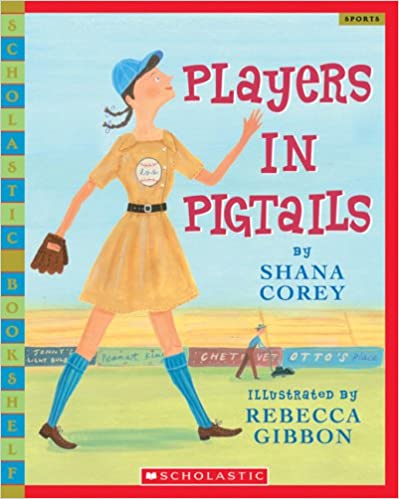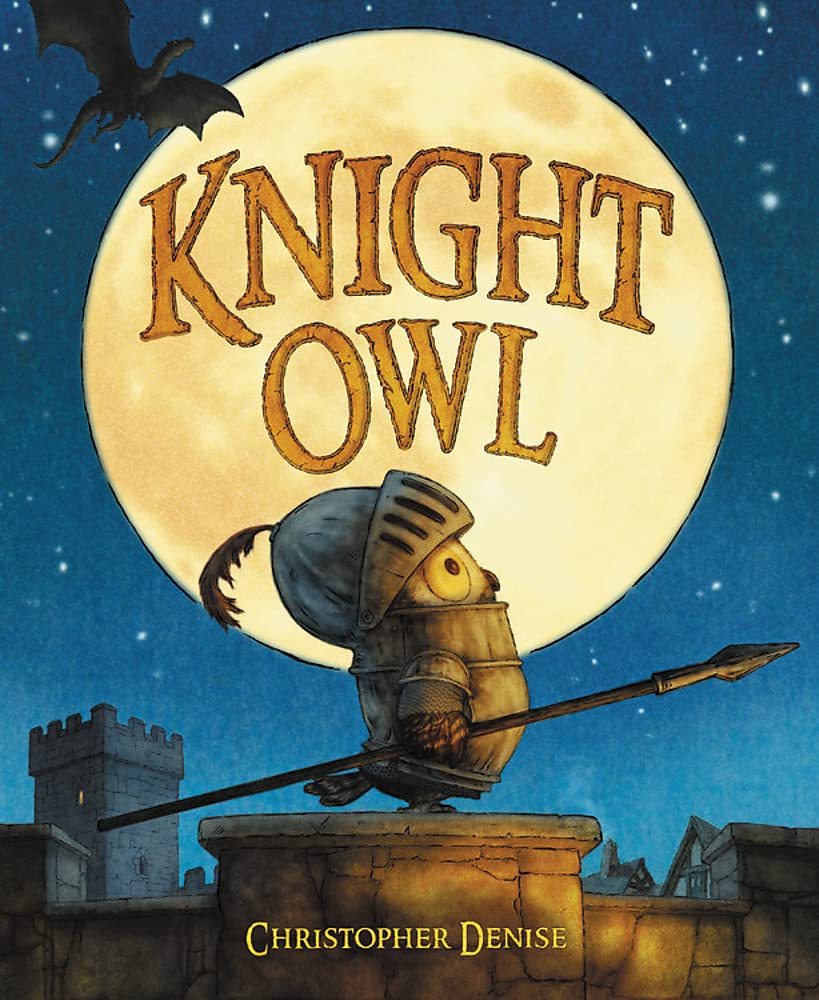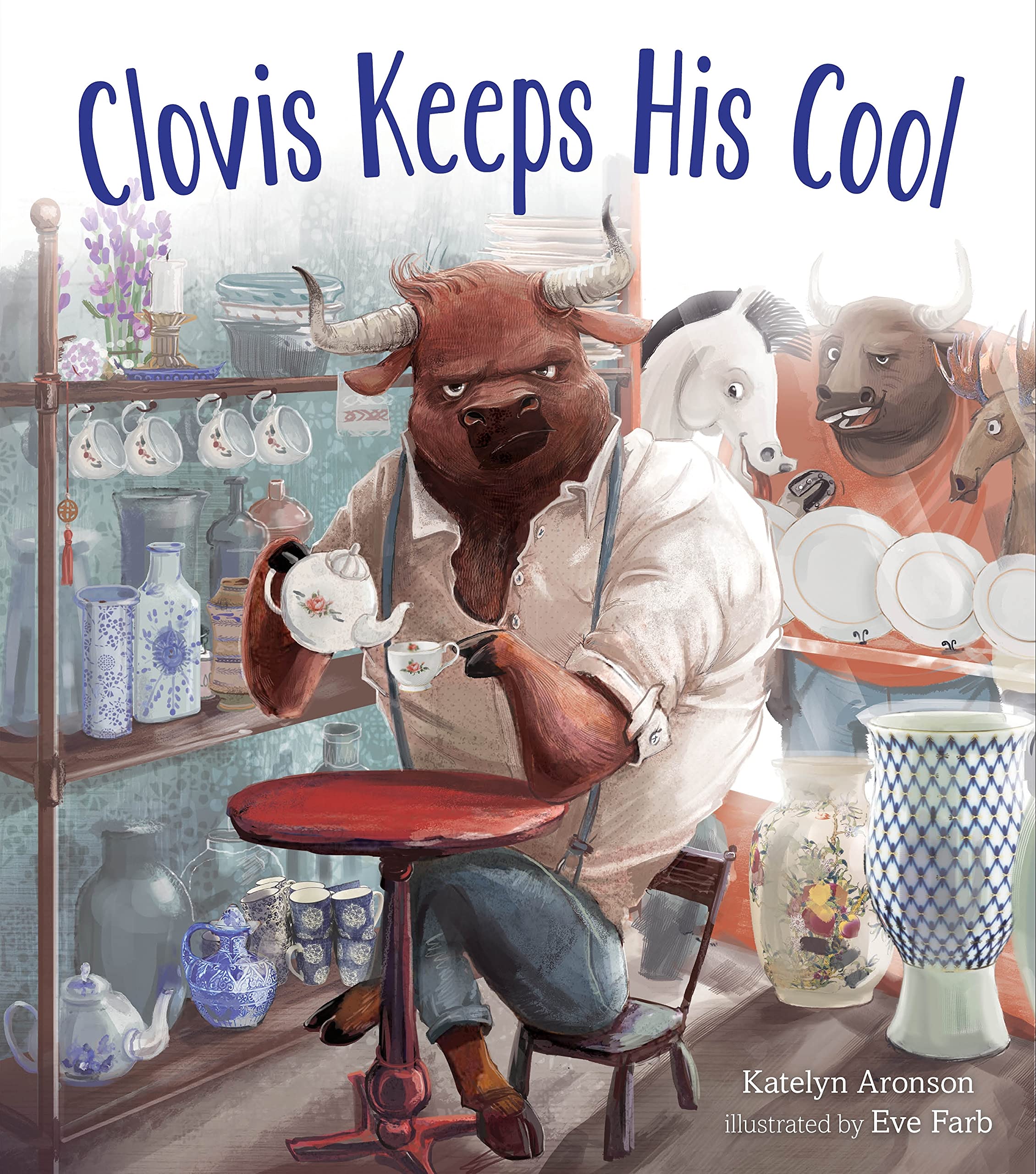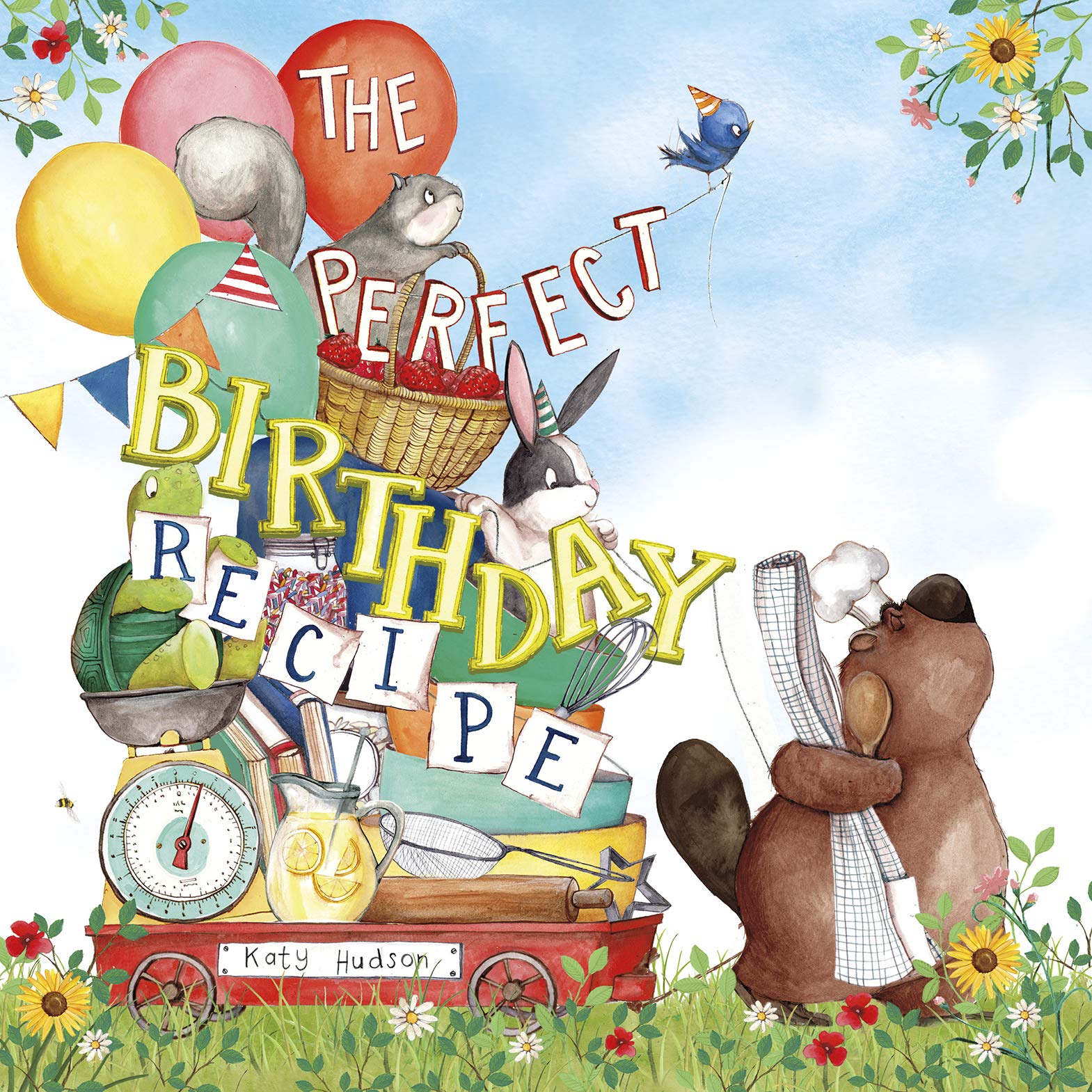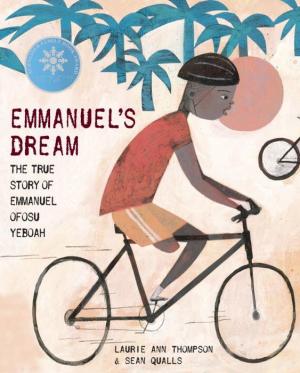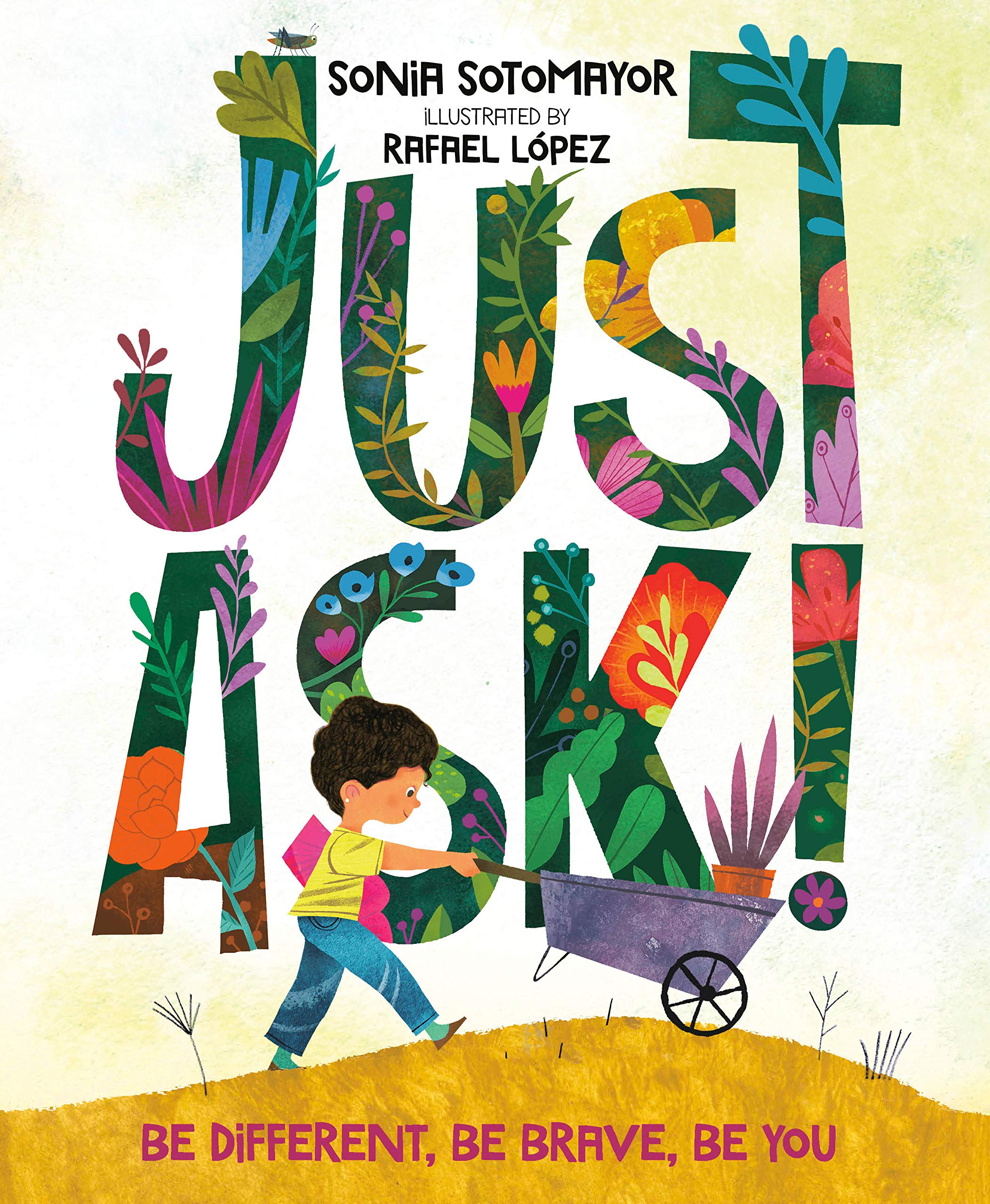Batter up! April 15, 1947 is a big day for ten-year-old Matty Romano. His dad is taking him to see his favorite team—the Brooklyn Dodgers—on opening day!
It’s also a big day for the Dodgers’ new first baseman, Jackie Robinson. Today is Jackie Robinson’s very first game in the major leagues. Many white fans don’t like the fact that an African American is playing in the major leagues. By putting Jackie on the team, the Dodgers are breaking the color barrier. How will Jackie respond to the pressure? Is he the player who can finally help the Dodgers make it back to the World Series?
Play Ball, Jackie! is told from the unique perspective of two Dodgers fans, Matty Romano and his father, who attended Jackie Robinson’s first game. The father and son discuss some of the discrimination Jackie faced because “he was a black man.” While at the game, Matty explains some of the discrimination that African Americans faced during the 1940s. Even though the story is set at Dodger’s Stadium, the story focuses on Matty’s experience at the game instead of Jackie Robinson’s achievements. However, baseball fans will still enjoy some of the play-by-play action as well as learn more about Jackie Robinson.
Even though Play Ball, Jackie! is a picture book, the story will need to be read aloud to a child, rather than for the child to read it independently. Many of the pages are text-heavy with five to nine complex sentences. The illustrations have an old-fashioned feel with blue tinting. All of the characters are shaded in black and some of them have oversized facial expressions that emphasize the person’s emotions. However, some of the facial expressions are a little odd, especially the ones of angry fans.
Play Ball, Jackie! is packed full of information about discrimination during Jackie Robinson’s time. Instead of having a typical story plot, Play Ball, Jackie! is mostly expository as it explains segregation by using several different examples. The educational book ends with a list of books and websites readers can check out to learn more about Jackie Robinson.
Play Ball, Jackie! is an excellent book to introduce young readers to big ideas such as segregation, discrimination, and the civil rights movement. Plus, the book shows how Matty is brave enough to speak up in defense of Jackie Robinson; this part of the book is an excellent conversation starter about how to kindly stand up for others. For more history-related baseball stories, you’ll hit a home run by reading the picture books Baseball Saved Us by Ken Mochizuki and Catching the Moon by Crystal Hubbard.
Sexual Content
- None
Violence
- None
Drugs and Alcohol
- None
Language
- When Jackie strikes out, someone yells, “You stink, Robinson! Go back to where you belong.”
- While in line at the hotdog stand, Matty sees a boy with an “I’m for Jackie” button. Another boy says, “Negros should stick to their own kind. They’ll never make it in the big leagues.” Matty defends Jackie by saying, “If some of the best players are black, they’re the ones who can help us get to the World Series. That’s what we all want, isn’t it?”
Supernatural
- None
Spiritual Content
- None
